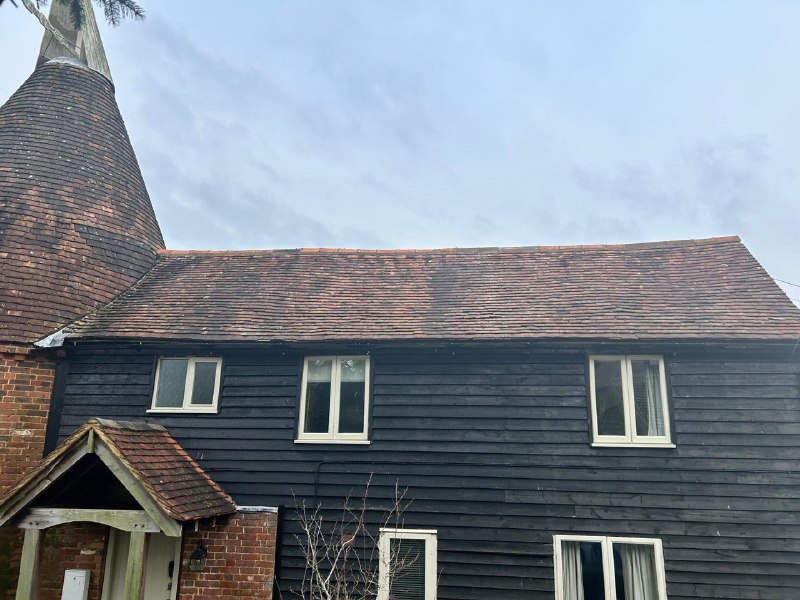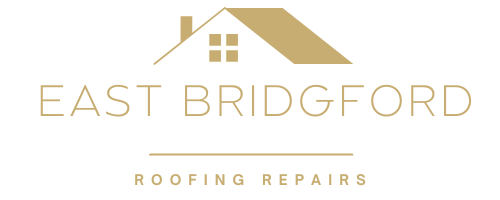Understanding roofing terminology can be incredibly useful for homeowners, especially when discussing repairs, maintenance, or upgrades with a professional roofer. Knowing the basics not only helps you make informed decisions but also gives you greater confidence in the work being done on your property. At East Bridgford Roofing Repairs, we believe in empowering homeowners in East Bridgford, Nottingham, by helping them understand essential roofing terms and concepts. Here’s a quick guide to the most common roofing terminology you’re likely to encounter.
1. Roof Pitch
The pitch of a roof refers to its steepness or angle, often described in terms of a ratio, such as 4:12, which indicates a rise of 4 inches for every 12 inches of horizontal distance. Roof pitch affects the drainage capabilities of the roof and can influence your choice of roofing material. For example, steeper roofs are better suited to materials like tiles, which rely on gravity for water runoff, whereas flat roofs may require a membrane system for effective waterproofing.
2. Flashing
Flashing is a thin layer of waterproof material installed around critical areas of the roof, such as chimneys, skylights, vents, and intersections. Its purpose is to direct water away from these areas, preventing leaks and water damage. Common materials used for flashing include aluminium, lead, and galvanised steel. Proper flashing installation is essential for maintaining the roof’s integrity, especially during heavy rain.
3. Soffit and Fascia
Soffit and fascia are two essential parts of the roofline. The soffit is the exposed underside of the roof eaves, which provides ventilation to the attic space, helping prevent moisture build-up. The fascia, on the other hand, is the vertical board running along the roof edge, where the gutters are typically attached. Both elements contribute to the roof’s overall appearance and play a functional role in protecting the home from the elements.
4. Ridge and Ridge Tiles
The ridge is the highest point on a sloped roof, where the two sides meet. Special tiles called ridge tiles are installed along this peak to seal and protect it from water ingress. Ridge tiles not only provide a neat finish but also help prevent wind and rain from entering the roof structure, safeguarding the home from leaks and drafts.
5. Underlayment
Underlayment is a protective layer installed beneath the main roofing material, such as shingles or tiles. It acts as an additional barrier against moisture and wind, protecting the roof deck from water damage. Common underlayment materials include felt, synthetic membranes, and self-adhesive underlays, each offering varying levels of water resistance. Proper underlayment is essential in areas with heavy rainfall, as it prevents leaks and extends the roof’s lifespan.
6. Roof Valley
A roof valley is the internal angle where two sloping roof sections meet. Valleys are particularly vulnerable to water accumulation and must be properly sealed and flashed to prevent leaks. A poorly maintained or damaged valley can lead to significant water damage, making it essential to keep these areas clean and well-inspected.
7. Eaves
The eaves are the edges of the roof that extend beyond the exterior walls, helping to direct rainwater away from the house. They play a crucial role in protecting the home’s foundation and exterior walls by keeping them dry. Eaves are often fitted with gutters to capture and channel water, further reducing the risk of water damage to the property.
8. Gable
A gable refers to the triangular section of wall at the end of a pitched roof, extending from the eaves to the peak. Gables are a common feature in British homes, and they help define the roofline’s shape, offering both aesthetic appeal and functional benefits. Gable roofs are popular for their ability to shed water effectively, making them a durable choice for properties in rainy climates.
9. Roof Deck
The roof deck, or sheathing, is the structural base of the roof, typically made from plywood or oriented strand board (OSB). It serves as the foundation upon which the roofing materials, underlayment, and insulation are applied. The roof deck must be strong enough to support the weight of these layers, as well as any additional loads, such as snow or debris.
10. Drip Edge
A drip edge is a metal flashing installed along the edges of the roof to direct water away from the fascia and into the gutters. This small yet crucial component helps prevent water from seeping under the roof and damaging the fascia or soffit. Drip edges are especially beneficial in areas with frequent rainfall, as they help protect against water-related wear and tear.
Conclusion
Understanding these key roofing terms can greatly enhance your confidence and clarity when discussing your roof’s needs with a professional. From the structural components like roof decks and gables to protective elements like flashing and underlayment, each part of the roof plays a vital role in maintaining the safety and comfort of your home. At East Bridgford Roofing Repairs, we’re dedicated to providing clear communication and expert service, ensuring you understand every aspect of your roofing project.
If you have questions about your roof or would like a professional inspection, contact East Bridgford Roofing Repairs today. Our team in East Bridgford, Nottingham, is here to help you with all your roofing needs, from repairs and replacements to expert advice. Let us make your roofing experience seamless and worry-free with quality service and professional care.
Call us on: 0115 647 1193
Click here to find out more about East Bridgford Roofing Repairs
Click here to complete our contact form and see how we can help with your Roofing needs.

